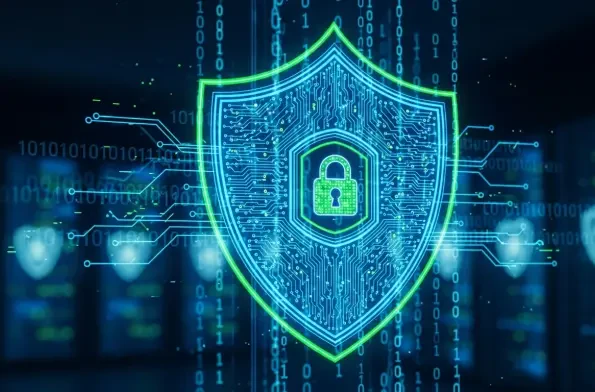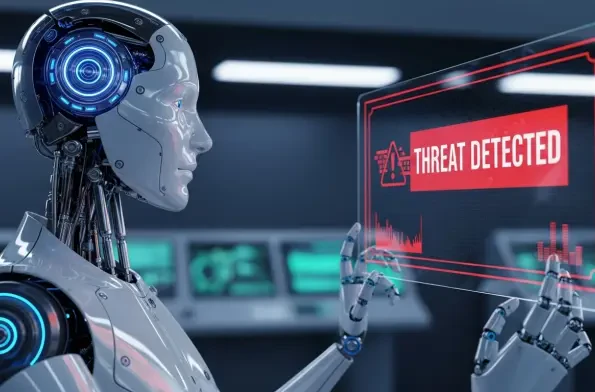
Marla Pairira
Compliance AdvisorMarla Pairira is a writer interested in hackers and threats. She writes from the perspective of ethical hackers, helping businesses uncover vulnerabilities and comply with regulations like GDPR and HIPAA. Marla also looks at the moral, ethical, and legal issues, advising organizations on responsible disclosure and sharing the guidelines for obtaining proper authorization.
In a startling display of cyber sophistication, a Russian state-backed threat group recently targeted foreign embassies with a cunning man-in-the-middle attack that bypassed even the most robust multi-factor authentication systems, exposing critical vulnerabilities. This incident, orchestrated by a

Welcome to an insightful conversation on the growing threat of Authorized Push Payment (APP) fraud, a pressing issue in the UK's financial landscape. Today, we’re joined by Malik Haidar, a renowned cybersecurity expert with a wealth of experience in combating digital threats within m

Imagine a world where cyber threats evolve at a pace that outstrips human capacity to respond, with malware attacks increasing in sophistication every single day. In this high-stakes digital battlefield, Microsoft has unveiled a game-changing tool called Project Ire, an autonomous AI agent designed

A New Era of Cyber Defense Have recent hacker group arrests shifted the global cybersecurity paradigm? With the abrupt decline of cyber activities from notorious groups like Scattered Spider, many wonder if this signals a turning point. This shift highlights the significance of bolstering

In recent developments, a severe vulnerability in Microsoft SharePoint has been exploited extensively across the globe, revealing significant cyber risks. Identified as ToolShell (CVE-2025-53770/53771), this zero-day flaw has infiltrated 396 systems worldwide, as analyzed by Eye Security, a leading

The rise of Ransomware as a Service (RaaS) over recent years has brought about a dramatic shift in the cybercrime landscape, transforming the way malicious actors operate globally. RaaS streamlines the process for cybercriminals, turning complex ransomware attacks into a straightforward business

In today's digital era, where information is both power and currency, cyber espionage has emerged as a formidable threat, particularly in regions like South Asia. Cyber threat groups, with their sophisticated toolkits and strategies, are systematically infiltrating government agencies,

Our Picks
